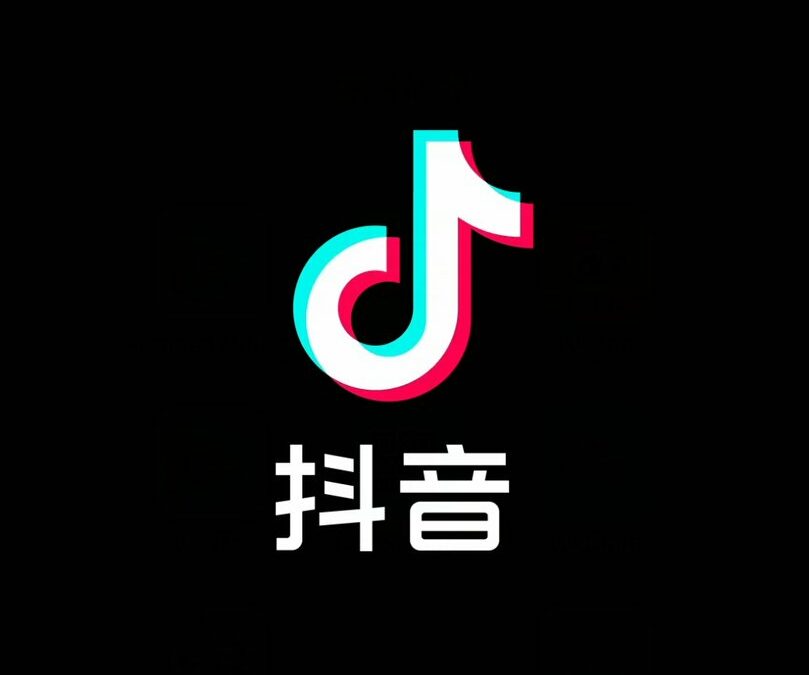Bytedance first launched the video sharing app as Douyin for the Chinese market. It then made a different version called TikTok for markets outside of China. While the two separate apps have the same core functions, Douyin (which now has 600 million daily active users) has more advanced features that may be a sign for what’s to come for TikTok.
We’ve summed up the key areas of similarities and differences between the two apps:
Homepage
Both apps have the same signature straight-to-video opening screen format. Both homepages include banner ads, trending hashtags and links to short videos. TikTok’s homepage remains more basic as Douyin’s features rankings of top accounts in a range of categories such as celebrities and brands including luxury, beauty and electronics.
E-commerce
Douyin has become more advanced than its global counterpart, especially in terms of ecommerce. Douyin was the first to offer the chance to purchase via link from videos either from the brands individual website or through the app itself with its shopping cart. You can also book accommodation or take virtual tours of city’s stores and restaurants. Tiktok has begun giving some accounts the option to offer links to purchase from their videos and profile.
Live Streaming
Live streaming is huge in China and while this feature is available on TikTok, it is far more developed in Douyin. Audience members can send digital gifts purchased with in-app currency, record their screen and send voice comments to live streams.
Long Videos
Now ByteDance is letting Chinese users stream many films in Douyin, a feature that made the news when the coronavirus outbreak led to shuttered cinemas across China. The distributor of would-be-blockbuster Lost in Russia agreed to offer the film on Douyin for free instead of releasing in theaters. The success has influenced many studios to stream their movies on online platforms rather than theatrical release. TikTok has yet to release such a feature.


Recent Comments